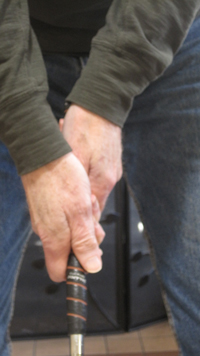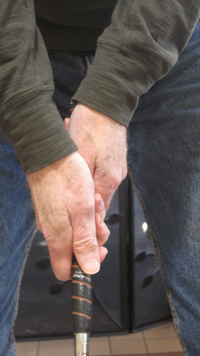I ranted a here and here about players wanting to play in Saudi Arabia, exchanging their sense of human decency for money.
At least Tiger Woods’s humanity can’t be bought.
Now the Super League, headed by Greg Norman, who should know better, but doesn’t, is attracting even more players who say they are athletes not politicians.
As if being an athlete also means you don’t know right from wrong.
Bryson DeChambeau and Shane Lowry are singled out in this article and podcast, but there are many more.
Disgraceful isn’t even the word. Golfers who playing the Super League and the upcoming Saudi International are part of the plan to whitewash a government that is an international pariah for crimes against humanity–the murder of Jamal Khasgoggi and the brutal war in Yemen.
That’s not politics. That is basic human decency, which these golfers are saying they will sell to the highest bidder to help Mohammed bin Salman and his government can whitewash his crimes.
Disgusting. Disgraceful. Unforgivable. Unconscionable. I can’t think of the right word to describe what certain professional golfers are doing.
A pox on them all.
It saddens me that this post has such limited each. I can only hope the the worldwide golfing press picks up the issue and goes down hard on the players who let themselves be used like this.





